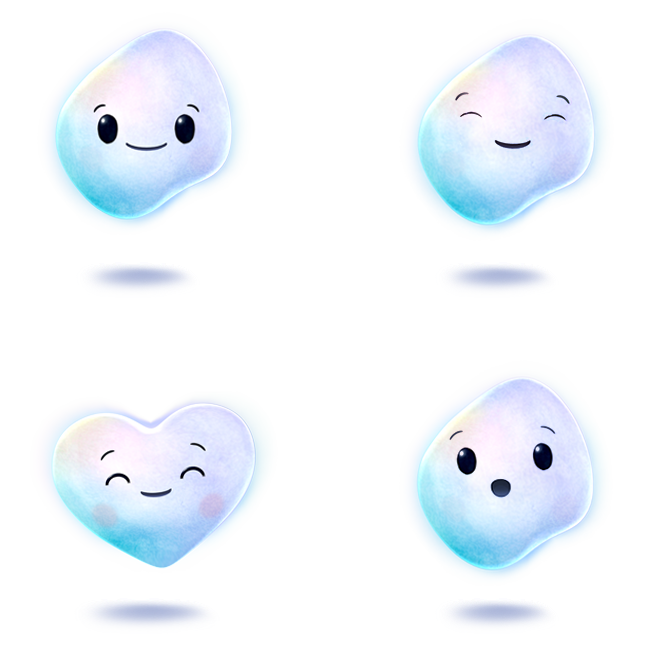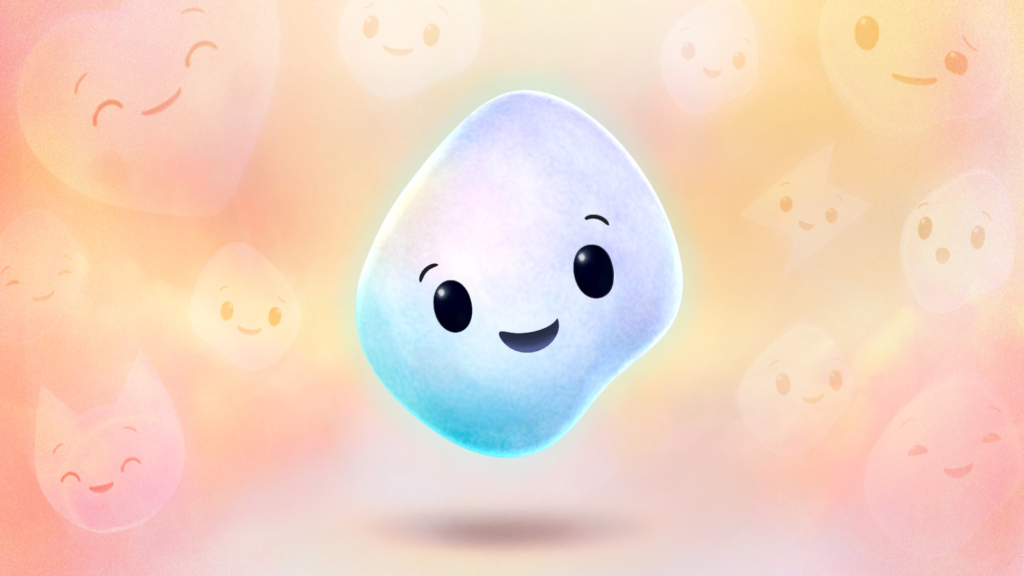Microsoft is giving Copilot, its generative AI-powered chatbot, a face. Part of the tech giant’s new Copilot Appearance experiment, the tech giant says the new feature gives users “a new, visual way to chat with Copilot.”
Available as an early preview in Copilot Labs, the new feature brings real-time facial expressions, adds non-verbal cues and gives Copilot’s voice mode a conversational memory. This means that the AI chatbot can now respond to your voice inputs with a smile, nod and other gestures.
And while Copilot uses the same voice as you have asked it to, the experiment currently seems to be limited to the web version of the AI chatbot, as Microsoft is yet to announce any plans to bring Copilot Appearance to the Windows and mobile app.
 This is how Microsoft Copilot looks like. (Image Source: Microsoft)
This is how Microsoft Copilot looks like. (Image Source: Microsoft)
To use the new feature, all you have to do is enter Voice mode by clicking on the microphone icon, head over to Voice Settings and turn on the toggle named “Copilot Appearance.” Now, if you ask Copilot a question or just say ‘hi’, Copilot will react and talk back to you with smiles, gestures and other expressions.
Microsoft’s AI team, led by Mustafa Suleyman, has been working on making Copilot a personalised conversational AI assistant. In an episode of The Colin & Samir Show that was aired this week, Suleyman said, “Copilot will certainly have a kind of permanent identity, a presence, and it will have a room that it lives in, and it will age.”
Suleyman had previously shared a glimpse of Copilot Appearance earlier this year at Microsoft’s 50th Anniversary event. The feature is currently live for select users living in the United States, the United Kingdom and Canada, but it is still unclear if and when it will be rolling out worldwide. Microsoft has had a history of trying to bring its digital assistants to life. The company’s most famous animated assistant was Clippy, which was often criticised for not being helpful and was instead labelled as intrusive by many.
© IE Online Media Services Pvt Ltd

